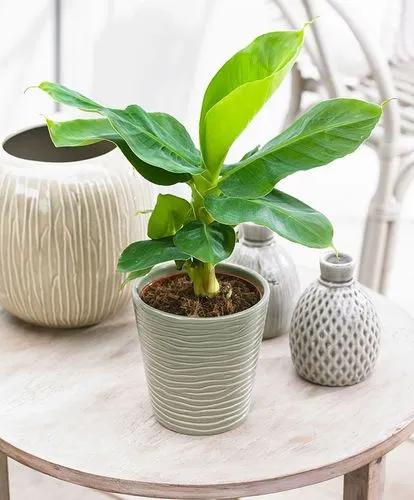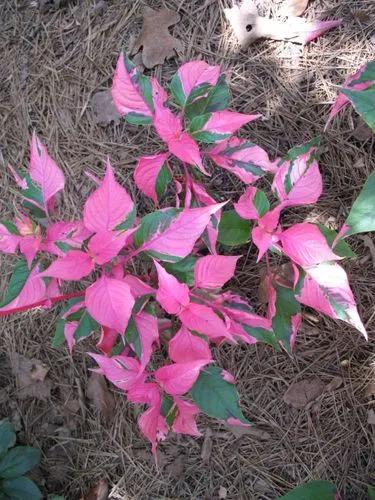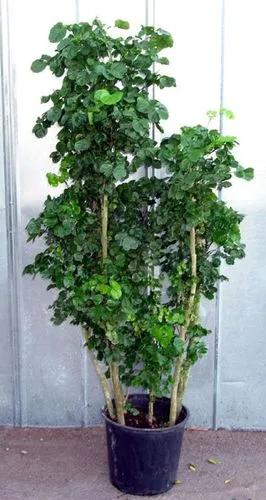Monsteras are one of the most popular greenies among plant lovers. Monstera adansonii has a more delicate and tiny look compared to its large relative, Monstera deliciosa. Its leaves are also more perforate and soft. It’s a fantastic decorative plant for any home or office.
Monstera adansonii Care
Monstera Adansonii
Other names: Adanson's Monstera, Swiss Cheese Vine Monstera



Monstera’s trademark are large holes in the leaves the plant develops in maturity. These are completely natural and are the result of a process called fenestration.
Monstera adonisii is native to Central and South America. Its homeland is tropical jungles, where this green beauty grows under the canopy of large trees.
Monstera adonisii is a smaller species that likes to climb like a true vine. As a houseplant, it can grow up to 5ft (1,5m) tall.
How to Care for the Plant

Water

The soil should be consistently moist but not soggy. Watering once a week is usually enough. To check if your plant gets the right amount of water, stick your finger in soil 1 inch (2 cm) deep. If the soil feels almost dry, it’s time to water. Also, if you’ve got a humidifier at home, your plant will thank you in the dry winter months.

Pruning

It’s a climbing plant that might need to be pruned if it’s becoming too large. It’s best to prune this Monstera in spring. Cut off no more than 25% of the stems with sterile pruning shears. Cut the stem above the leaf node so that it stays intact. Also, prune dead leaves when necessary.

Fertilizer

Fertilize monthly with a half-diluted, all-purpose fertilizer. Do not fertilize the first 4-6 months after potting or repotting the plant.

Sunlight

Bright and indirect light is perfect for this plant. Lots of direct sunlight can burn the foliage.

Soil

This plant needs well-draining soil that still retains moisture. A soil mix with peat will be just fine.

Propagation

You can propagate the plant by stem cuttings. Cut off a leaf stem 4-6 inches (10-15cm) long just above the leaf node. Remove all leaves in the bottom third of the cutting.
Apply a rooting hormone to the bottom end, and place the cutting in a soilless moist potting mix in a container with drainage holes. Place the pot in a warm place with bright indirect sunlight. Keep it slightly moist, and the new plant should root in several months.

Temperature

Warm room temperature of 64 – 81 °F (18 to 27 °C) is great for Monstera. The temperature should always remain above 40 °F (5°C). Avoid cold drafts.

Container

Any pot with drainage holes will work. Its trailing vines shine in hanging baskets, though.

Fun fact

Monstera is commonly called a Swiss cheese plant because of the holes in the leaves that make it look like Swiss cheese.

Popularity

116,732 people already have this plant 13,687 people have added this plant to their wishlists
Discover more plants with the list below
Popular articles






